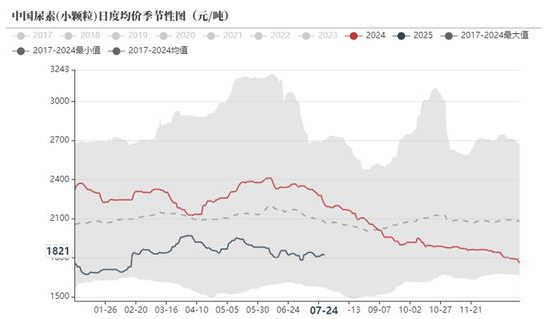There exists a strong positive correlation between the prices of ammonium chloride and urea, meaning their price trends typically fluctuate in the same direction. This relationship is primarily determined by their substitutability in agricultural applications and the interconnectedness of their industrial chains.

Both ammonium chloride and urea fall under the category of nitrogen fertilizers. An increase in urea's market price strongly drives up the price of ammonium chloride. Urea is the most commonly used solid nitrogen fertilizer in agricultural settings, containing approximately 46% nitrogen, making it the benchmark product in the nitrogen fertilizer market. Ammonium chloride is a physiologically acidic fertilizer with a nitrogen content of around 25%. Although its nitrogen content is lower than urea, its chloride ion content makes it particularly suitable for chloride-loving crops like hemp and cotton, and it offers a price advantage over urea.
When urea prices rise, farmers and compound fertilizer manufacturers seek more economical alternative nitrogen sources to reduce costs. Ammonium chloride becomes one of the preferred choices. This increased demand drives up its price. Conversely, when urea prices fall, ammonium chloride's price advantage diminishes, reducing demand and putting downward pressure on its price.
In agricultural fertilization, ammonium chloride is primarily used to produce compound fertilizers (such as chloride-based compound fertilizers). Consequently, the operating rates and raw material procurement strategies of compound fertilizer plants exert a more direct influence on ammonium chloride prices than on urea. Containing chloride ions, ammonium chloride is unsuitable for use on chloride-sensitive crops (such as tobacco, potatoes, tea, citrus, etc.).
 Ammonium Chloride Manufacturer
Ammonium Chloride Manufacturer 